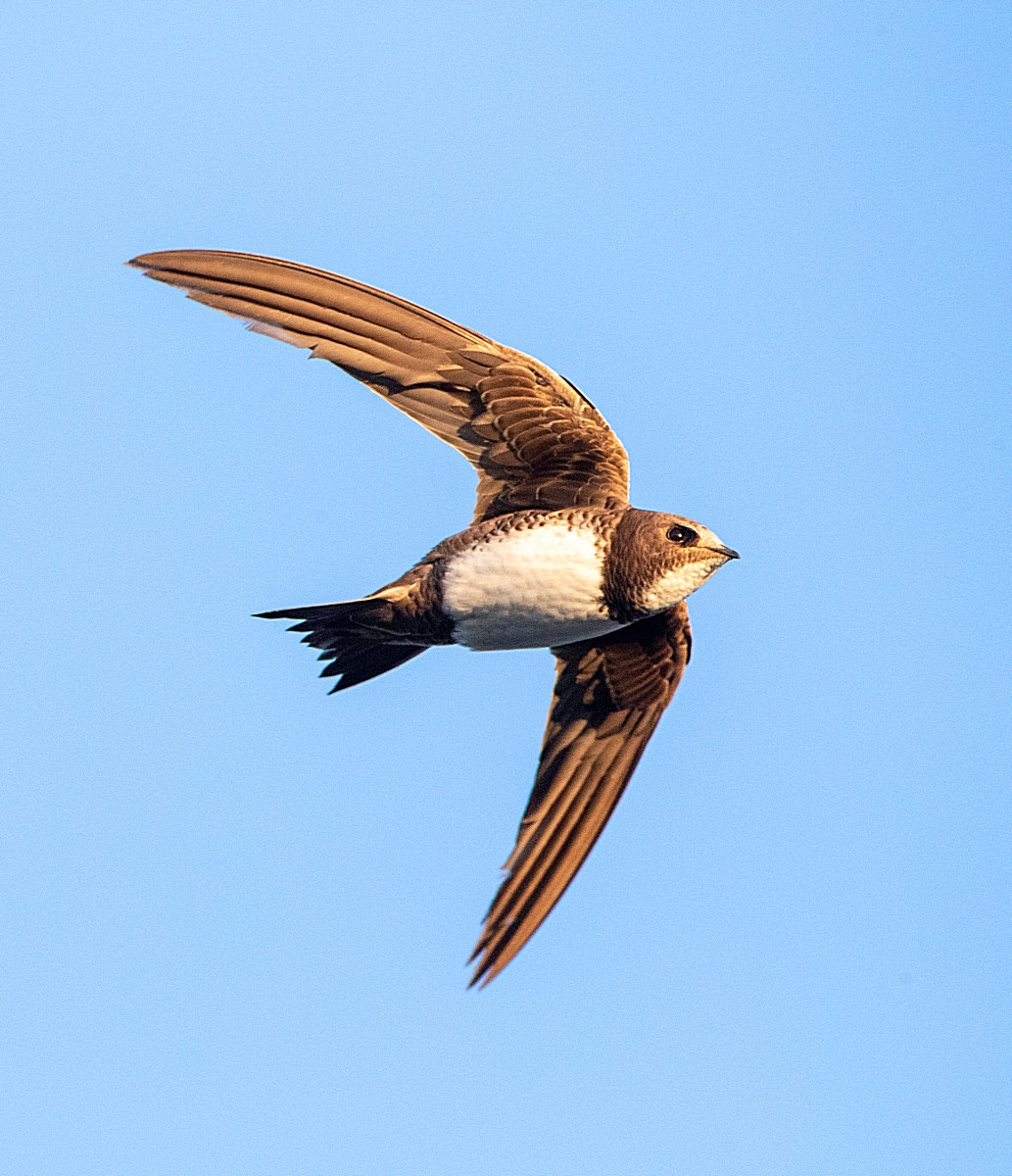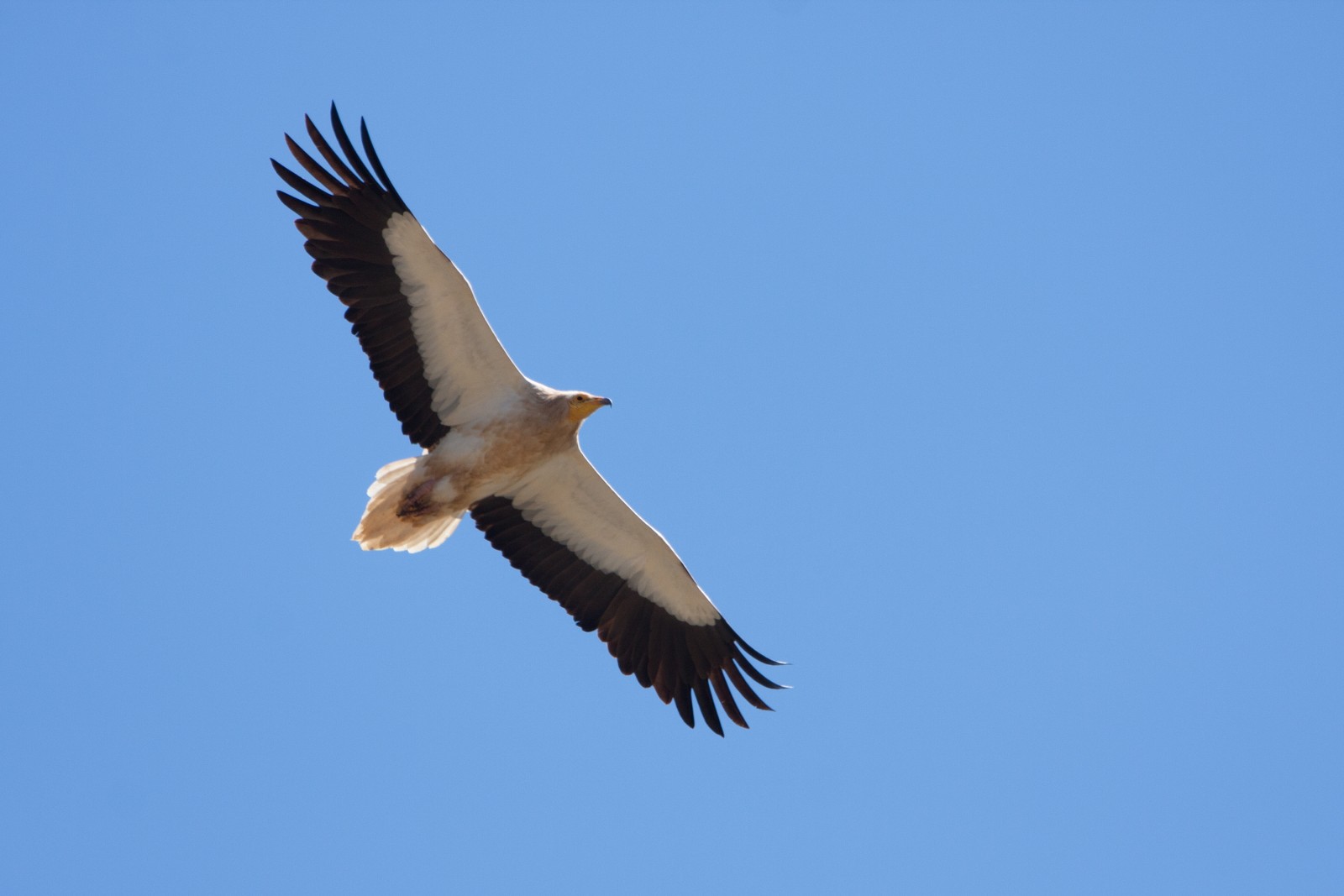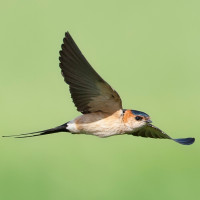Description
Las Tuerces y Cañón de La Horadada is located within the UNESCO World Geopark "Las Loras". We find 2 different areas: The páramo de Las Tuerces, where the erosion of the limestone has generated a labyrinth of rocks with curious shapes. The Canyon of La Horadada. Fluvial canyon created by the Pisuerga River, with vertical walls up to 40 meters high. Regarding the birdlife, in both places we can observe typical rocky birds such as Havasi varjú, Vörhenyes fecske, Dögkeselyű or szirtifecske, it is also one of the few places in the province from Palencia where the Havasi sarlósfecske breeds. The environment is dominated by agricultural landscapes with scrub and moor areas, with birds such as törpeposzáta, Bujkáló poszáta, Parlagi pityer or Bajszos poszáta. The banks of the Pisuerga River are populated by dense riverside vegetation, where we can find: Sárgarigó, Ökörszem, Zöld küllo, Vízirigó or Csuszka among many others.
_________________________
Espagnol: Espectacular paisaje karstico. Este lugar se encuentra dentro del Geoparque Mundial de la UNESCO "Las Loras". Encontramos 2 zonas diferenciadas: El páramo de Las Tuerces, donde la erosión de la caliza ha generado un laberinto de rocas con curiosas formas. El Cañón de la Horadada. Cañón fluvial creado por el río Pisuerga, con paredes verticales de hasta 40 metros de altura. En cuanto a la avifauna, en ambos lugares podemos observar aves típicas de roquedos como Havasi varjú, Vörhenyes fecske, Dögkeselyűo szirtifecske, además es uno de los pocos lugares de la provincia de Palencia donde cría el Havasi sarlósfecske. El entorno está dominado por paisajes agrícolas con zonas de arbustos y páramo, con aves como törpeposzáta, Bujkáló poszáta, Parlagi pityer o Bajszos poszáta. Las márgenes del río pisuerga están pobladas por una densa vegetación de ribera, donde podemos encontrar: Sárgarigó, Ökörszem, Zöld küllo, Vízirigó o Csuszka entre otros muchos.
Details
Access
The access point is the town of Villaescusa de Las Torres. Here we can leave the car and ascend to Las Tuerces along a signposted path. Also from here you can walk to the La Horadada Canyon. You can also follow the route on the map below. This route is about 15 km long, but you can easily shorten it.
_________________________
Espagnol: El punto de acceso es el pueblo de Villaescusa de Las Torres. Aquí podemos dejar el coche y ascender a Las Tuerces por un camino señalizado. También desde aquí se llega andando al Cañón de La Horadada. También puede seguir la ruta en el mapa a continuación. Esta ruta tiene unos 15 km de largo, pero puedes acortarla fácilmente.
Terrain and Habitat
Scattered trees and bushes , Canyon/cliff , RiverConditions
RockyCircular trail
YesIs a telescope useful?
Can be usefulGood birding season
Spring , SummerBest time to visit
Spring , SummerRoute
Unpaved roadDifficulty walking trail
Average walkAccessible by
FootBirdwatching hide / platform
NoExtra info
There are many possible routes to take. The best thing is to go up to the Las Tuerces páramo and explore the area. The La Horadada canyon can be traveled through the bottom of the canyon or up.
_________________________
Espagnol: Hay muchas posibles rutas para realizar. Lo mejor es subir al páramo de Las Tuerces y explorar la zona. El cañón de La Horadada se puede recorrer por el fondo del cñón o por arriba.




